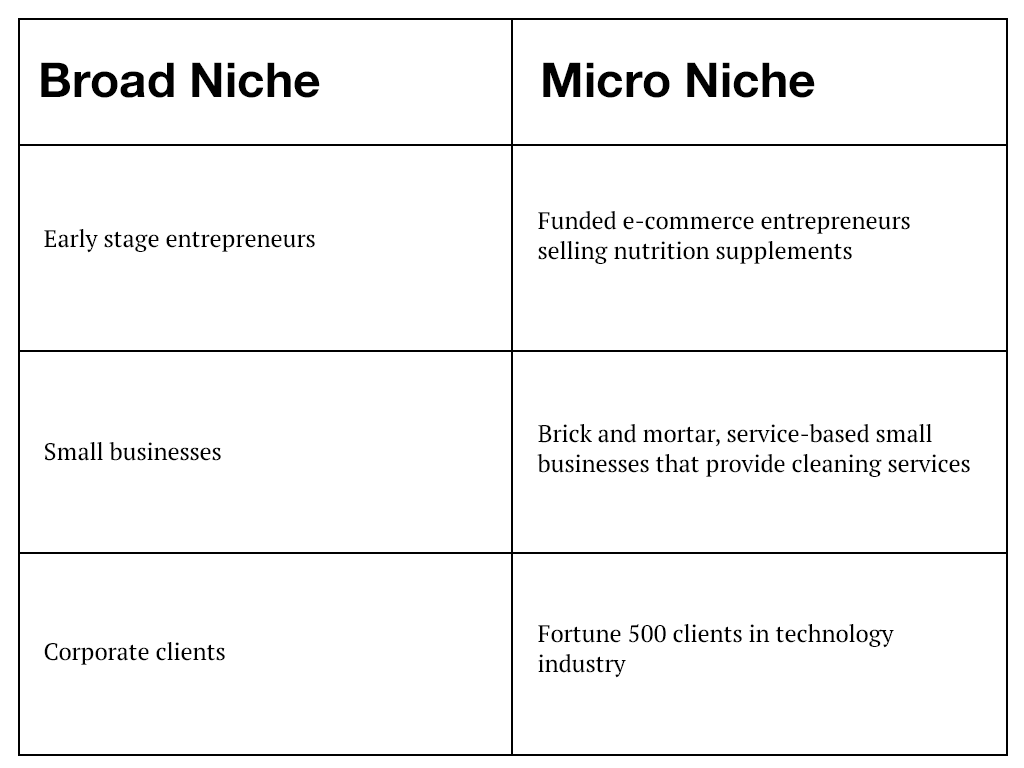Small business branding has a different approach than big brands do. When most people think of big brands, they think of Apple, Coca-Cola, Mercedes-Benz and how good they look. They are sold on the revolutionary perceptions these brands set to make and want that for their businesses.
These are big and established brands. They are wonderfully crafted and can be used as inspiration; however, it should never serve as your singular guide to branding your small business.
In fact, you may likely do the opposite of what the big brands are up to. Let’s look at three reasons why.
01. Look and Feel
Branding is a desired perception. Your brand needs to communicate a look and feel that creates your desired perception.
Take Apple for a common example. Many clients come to us wanting to have the same branding as Apple because their branding is simple, clean, and uses an iconic apple symbol. Their logo is often displayed as a singular color against a background that creates a sharp contrast. It’s stunning. It looks high-tech, futuristic, and expensive. Which is perfect FOR Apple.
However, it may not be the right look and feel for your brand.
If your brand looks and feels as of Apple’s but you are in a different line of business it’ll do more harm than good, even if it’s equally beautiful. You brand may need to have a look and feel that’s warm, anti tech-y, and conservative.
02. Positioning
The big brands play to their advantages with their branding. After all, they’re large, established, and they know it.
A brand like Ferrari is creating a prestigious perception through their branding, and they can leverage this because they have a rich racing history and beautiful cars.
As a small business, can you say you have the same history? If you can, go for it, but if not, it’s important to be true to yourself. More importantly, for a small business branding, you may not want to be positioned as the largest company. Company size may not be the most important factor in a customer’s purchasing decision. Your clients or customers may want to work with a small company that is fresh, innovative and new — or they may even prefer companies that are small, nimble and flexible.
03. Wide vs. Deep
A company such as Amazon has competitive advantages that you might not. They sell everything and their brand communicates that wonderfully, i.e. “Everything from A to Z, with a smile.”
But if a smaller or more specific focus, trying to emulate the Amazon brand, by going wide, wouldn’t work for you at all.
If you’re targeting “everyone”, then you don’t have a target audience.
One way to think about it is by looking at your products or services. Realistically, is your product or service solving the problem for “everyone” — or are they solving the problem for a very specific niche? That niche may be a broad niche or a micro niche. When you find your niche, go deep within that niche. You’ll create more momentum and traction in doing so.
Here are some examples to consider:
For more free branding insights, subscribe to our weekly newsletter. You should aspire to have your brand be as powerful and impactful as the big brands, but you should also be mindful that you’re solving the problems for your target audiences within your specific niche.








